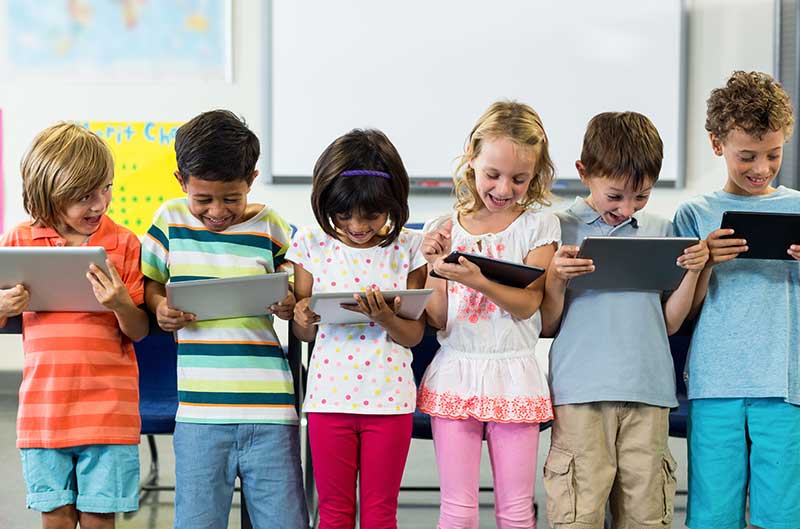
Creative Play
Author: Austin Stanfel
Creative play is a newer definition for what most children have done since finding things to entertain themselves with. Creativity stimulates your brain, as does playing, which overall promotes well-being. It seems that we don’t really realize this when it’s actually occurring, and in theory, we shouldn’t be preoccupied with it, we really should just be playing. So what does the actual term creative play mean? Is there a difference between creative play and just regular play? The main difference is that creative play is driven by children and their own decision-making skills, as opposed to having adults tell them what to play or give them direction in their play time.
According to an article by Cara Batema on the How to Adult website, children decide what they choose to do and adults should only be responsible for providing a safe and encouraging environment, as well as providing open-ended toys. Examples of open-ended toys would be crayons, paper, other art supplies, dress up clothes, and props. Hand held musical instruments and clay are also other examples of open-ended toys. Adults should minimally supervise but not interfere or provide instructions or rules for playtime.
She also notes that PBS suggested that the benefits of creative playground equipment include enhanced abilities that include problem-solving, verbal, social skills, and abstract thinking. An example of this would be children playing with blocks. This involves problem solving skills such as trying to figure out how to keep the blocks from falling over, using analytic skills to figure out how to balance blocks and build their own creations.
Another creative outlet for children is music and painting. Allowing children to express themselves via other mediums allows for safe self-expression that provides endless possibilities. This has an added benefit, such as stress relief. Allowing children to learn how to self-sooth and how to manage stress without unhealthy substitutes is a life-long benefit. Children can inadvertently learn unhealthy coping skills, such as eating unhealthy foods to make themselves feel better or potentially learning other unhealthy habits that can hinder their growth physically, emotionally, and spiritually. Creative play helps to incorporate not only creativity, but also promoting a sense of purpose, igniting a passion, or giving them new opportunities for self-expression.
Creative play has definite benefits, as do other play options. The difference is deciding who will be managing the play time. Children are impressionable and have open slates that absorb important information that rears their development and potential to decide for themselves. What should the parent’s responsibility be in trying to decide what is most beneficial to their children’s development? It seems that the answer can be complex.
Prior to the play-date movement, most children were left to their own devices in terms of what to play and what to do. Growing up in the seventies, we and the generations before us went outside in the morning and did not return home until the evening rolled around, Would this then be the original creative play?

